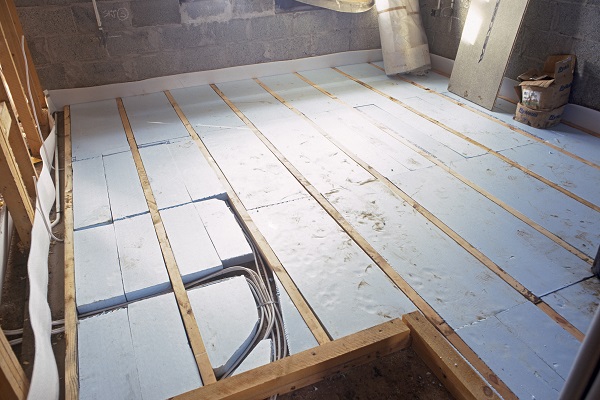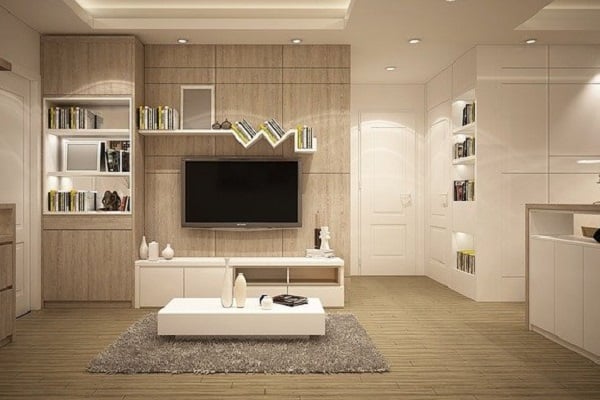Natural lighting plays a crucial role in creating a bright and inviting atmosphere within your home. It not only enhances the aesthetics of your space but also has several benefits for your physical and mental well-being. When your home is well-lit by natural light, it can positively affect your mood, boost your productivity, and even reduce your energy consumption.
One of the primary advantages of natural light in homes is its ability to improve your overall mood and well-being. Exposure to natural light has been linked to the production of serotonin, a hormone that helps regulate mood and promotes a sense of happiness and well-being. By maximising the amount of natural light in your home, you can create a more positive and uplifting environment for yourself and your family.
Another benefit of natural lighting is its impact on productivity. Studies have shown that individuals who work or study in well-lit environments perform better and are more focused compared to those in dimly lit spaces. Natural light stimulates the brain, improves concentration, and enhances cognitive function. By optimising natural light in your home, you can create an environment that promotes productivity and creativity.
Benefits of maximising natural lighting
Maximising natural lighting in your home offers several advantages beyond mood enhancement and increased productivity. One of the key benefits is the reduction of energy consumption. By relying more on natural light during the day, you can reduce your reliance on artificial lighting fixtures, leading to lower electricity bills and a smaller carbon footprint. Incorporating natural lighting strategies into your home design can be an environmentally friendly choice that saves you money in the long run.
In addition to energy savings, maximising natural lighting can also create an illusion of a larger space. Natural light has the ability to make rooms appear more open and spacious. By strategically placing windows and utilising reflective surfaces, you can make the most of natural light to create an airy and expansive atmosphere in your home. This is particularly beneficial if you have limited square footage or if you want to create a sense of openness in your living spaces.
Furthermore, natural lighting has been shown to have positive effects on sleep patterns. Exposure to natural light during the day helps regulate your body’s internal clock, making it easier to fall asleep at night and wake up feeling refreshed in the morning. By allowing ample natural light into your home, you can support a healthy sleep-wake cycle and improve the quality of your sleep.
Tips for increasing natural light in your home
There are several simple yet effective ways to increase the amount of natural light in your home. One of the easiest methods is to keep your windows clean and unobstructed. Dirty windows can reduce the amount of light that enters your home, so regular cleaning is essential. Additionally, avoid placing heavy curtains or blinds that block natural light. Instead, opt for lighter window treatments that allow light to filter through.
Another tip for maximising natural light is to use light-coloured or reflective surfaces in your home. Light-coloured walls, furniture, and flooring help bounce natural light around the room, brightening the space. Mirrors are also excellent tools for increasing natural light as they reflect and amplify it. By strategically placing mirrors opposite windows or in darker corners, you can effectively distribute natural light throughout your home.
Incorporating velux roof windows and solar tubes into your home is another great way to introduce more natural light. Skylights are windows installed in the roof, allowing sunlight to directly illuminate the interior. Solar tubes, on the other hand, are smaller tubular structures that capture sunlight from the roof and funnel it into interior spaces. Both skylights and solar tubes are effective solutions for rooms that lack windows or have limited access to natural light.
Considering architectural changes to maximise natural lighting
To truly maximise natural lighting in your home, you may need to consider some architectural changes. If you’re planning a new construction or a major renovation, you can design your home in a way that maximises the entry of natural light. This may involve incorporating large windows, glass doors, or even glass walls to allow ample sunlight to flood your living spaces.
Another architectural change to consider is the addition of light wells or light shafts. These are vertical openings within your home that allow natural light to penetrate deeper into the lower levels. By strategically placing light wells or light shafts in areas that lack direct access to sunlight, you can bring brightness to spaces that would otherwise rely solely on artificial lighting.
When making architectural changes, it’s important to work with a professional architect or designer who specialises in natural lighting. They can help you analyse your home’s layout and propose the most effective modifications to maximise natural light. Additionally, they can provide valuable guidance on building regulations, permits, and energy efficiency considerations.
Installing ceiling natural light solutions
Ceiling natural light solutions are a popular and effective way to introduce natural light into your home. These solutions typically involve the installation of light fixtures that mimic the appearance and function of traditional ceiling lights, but use natural light instead. They are particularly useful in rooms where windows are limited or where privacy is a concern.
One common type of ceiling natural light solution is the use of light tubes or light pipes. These are cylindrical tubes that capture sunlight from the roof and channel it into the room below. Light tubes are especially beneficial in areas such as bathrooms and hallways where windows may not be feasible or desirable. They provide a steady stream of natural light throughout the day, reducing the need for artificial lighting.
Another option for ceiling natural light solutions is the installation of skylights. Skylights are windows installed in the ceiling, allowing natural light to flood the room from above. They are available in various shapes and sizes, and can be customised to suit your home’s architectural style. Skylights not only provide ample natural light but also offer beautiful views of the sky, enhancing the overall aesthetics of your space.
In conclusion, maximising natural lighting in your home offers numerous benefits for both your physical and mental well-being. It can improve your mood, boost productivity, reduce energy consumption, and create a sense of openness. By implementing simple tips such as keeping windows clean, using light-coloured surfaces, and incorporating skylights or solar tubes, you can make the most of natural light in your living spaces. Additionally, considering architectural changes and installing ceiling natural light solutions can further enhance the amount of natural light in your home. So, let the sunshine in and transform your home into a brighter and more welcoming space.
To learn more about how to maximise natural lighting in your home, consult with a professional architect or interior designer. They can provide personalised recommendations based on your specific needs and help you create a well-lit and inviting home environment.






Leave a Comment